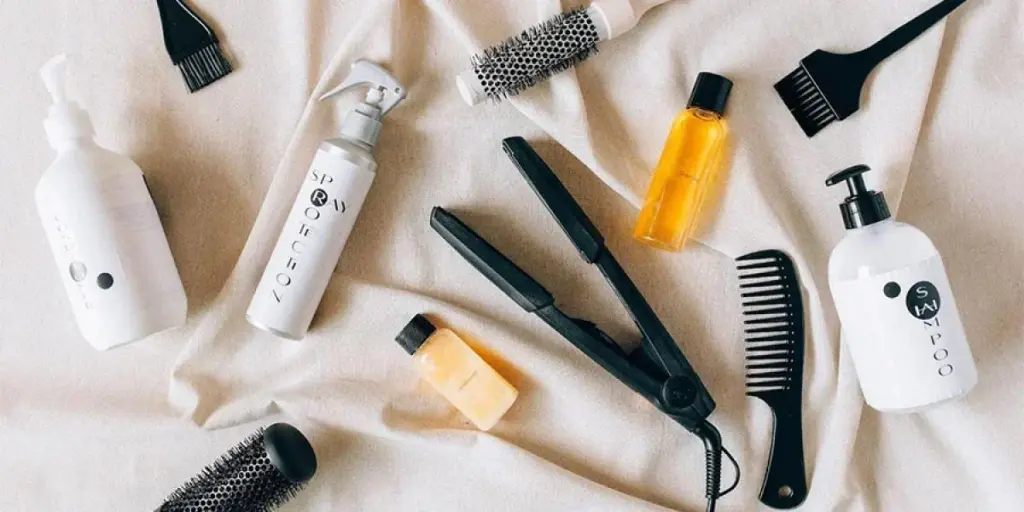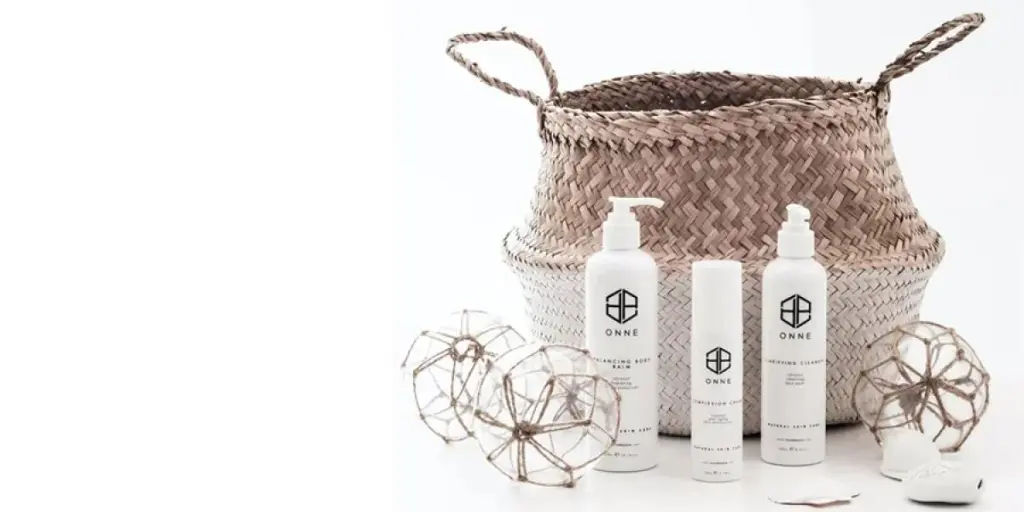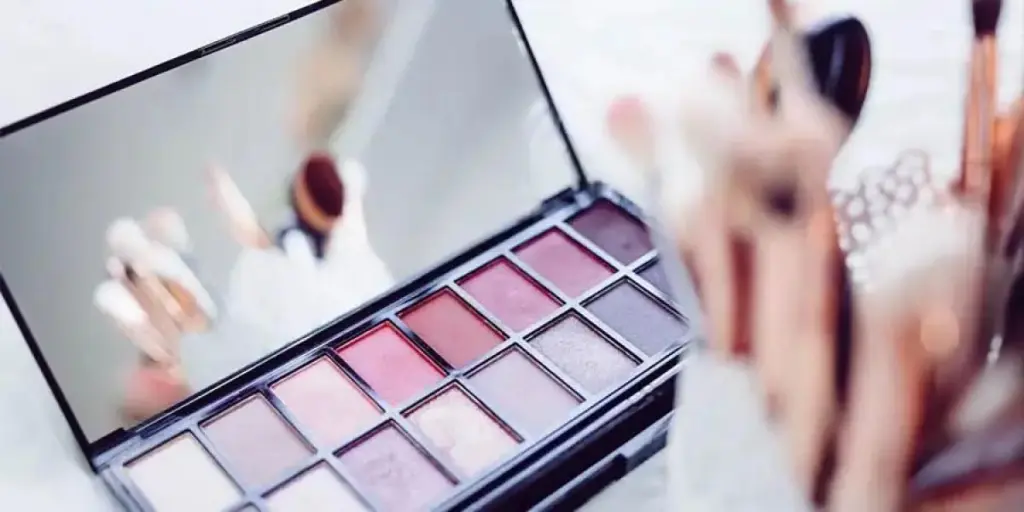The East Asian beauty landscape is rapidly evolving, with each country developing its unique consumer preferences and market dynamics. For online retailers, understanding these nuances is crucial to thrive in this competitive industry. This article delves into the beauty profiles, priorities, and engagement strategies for South Korea, Japan, and China, offering valuable insights to help you tailor your offerings and marketing approaches for 2026 and beyond. By exploring each country’s distinct characteristics, you’ll be better equipped to capture the attention of discerning East Asian beauty consumers and position your online retail business for success.
Table of Contents
1. South Korea’s 2026 beauty pulse: innovation meets affordability
2. Cracking the Korean code: actionable strategies for modern retailers
3. Japan’s beauty evolution: timeless elegance meets new demands
4. Winning Japan’s market: subtlety, science, and savvy engagement
5. China’s beauty revolution: tech, wellness, and emotional connection
6. Riding China’s wave: tactics for the discerning online retailer
South Korea’s 2026 beauty pulse: innovation meets affordability
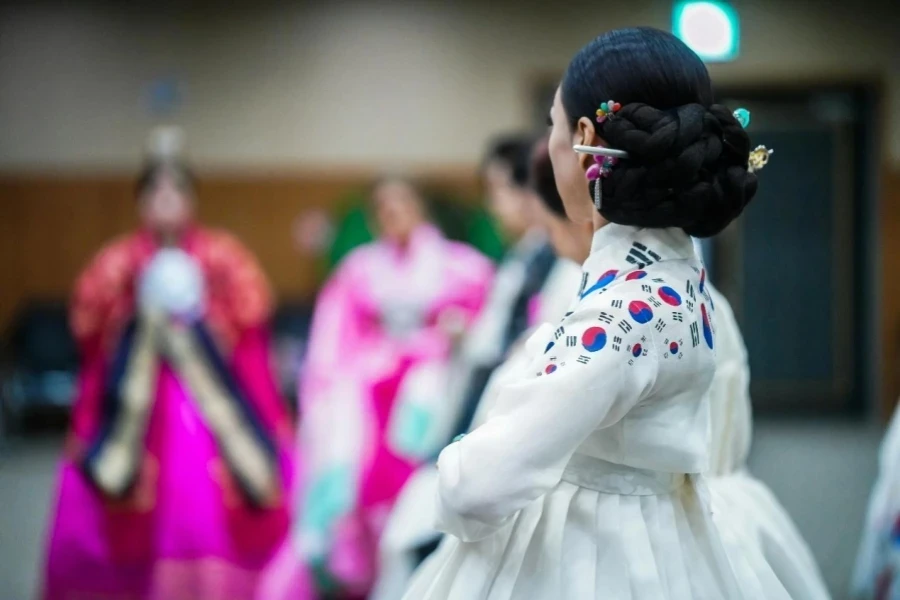
South Korea continues to be a trendsetter in the East Asian beauty market, known for its innovative products and discerning consumers. The beauty market value in South Korea is projected to reach $14.84 billion by 2024, with a steady growth rate expected through 2028. Korean beauty enthusiasts are driven by performance, seeking products that deliver results comparable to professional treatments. They’re also increasingly interested in vegan formulations and affordability without compromising on quality.
Korean consumers are becoming more cautious with their spending, carefully weighing the efficacy of products against their price points. This has led to a shift in beauty behaviors, with many minimizing their spending on traditional cosmetics and skincare in favor of small luxuries like fragrances. There’s also a growing interest in supplements that support beauty, sleep, and overall health.
The ideal Korean beauty look in 2026 is expected to feature a flawless, cloud-like skin complexion achieved through skincare-infused makeup. Blush-heavy looks with a glossy ‘tanghulu’ lip finish are gaining popularity. Key opportunities in the market include ‘no-tox’ skincare, sheet masks, functional fragrances, men’s beauty products, inner beauty solutions, and customizable beauty options.
Cracking the Korean code: actionable strategies for modern retailers
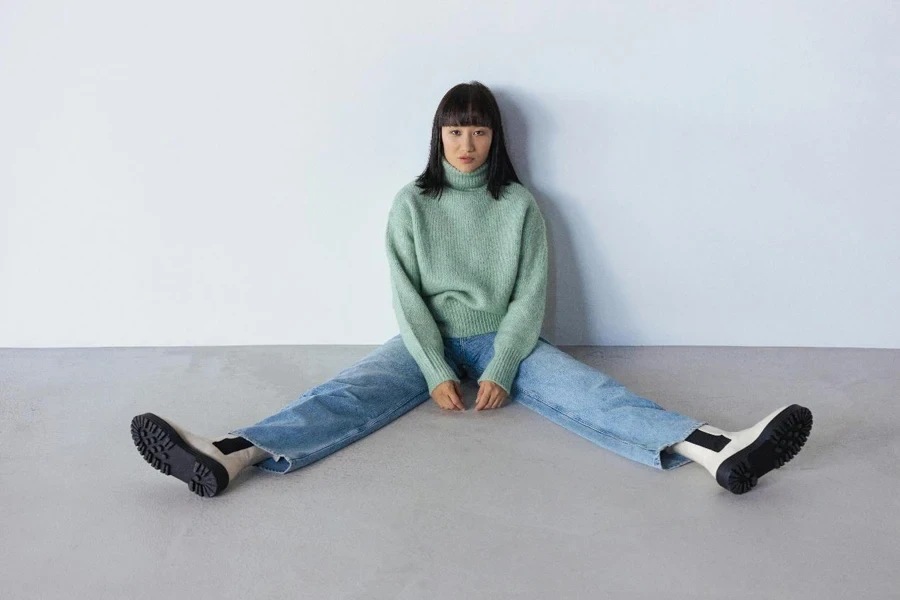
To capture the attention of South Korean beauty consumers, online retailers should focus on offering affordable luxury options. With the rising cost of living, shoppers are becoming more price-conscious but still expect high-quality products. Consider creating exclusive online bundles or collaborating with budget-friendly brands to offer premium experiences at accessible price points.
Tweakment-adjacent skincare is another key priority. Stock products that promise results similar to professional treatments, such as serums with micro-sized particles that mimic the effects of microneedling. These products appeal to consumers looking for high-performance skincare without the need for in-clinic procedures.
Experiential marketing is crucial in the Korean market. Create engaging online experiences that go beyond traditional shopping. This could include virtual pop-ups, interactive product demonstrations, or collaborations with popular influencers or brands from other industries. The goal is to create a sense of excitement and exclusivity around your offerings.
Personalization is becoming increasingly important. Invest in AI-driven technologies that can offer tailored product recommendations based on individual skin types, concerns, and preferences. Many Korean consumers are using “personal color” analysis to guide their beauty purchases, so consider incorporating this concept into your online shopping experience.
Lastly, don’t overlook the growing interest in holistic beauty approaches. Stock a range of beauty supplements and ingestible products that complement topical skincare routines. This appeals to consumers who view beauty as part of their overall wellness journey.
Japan’s beauty evolution: timeless elegance meets new demands
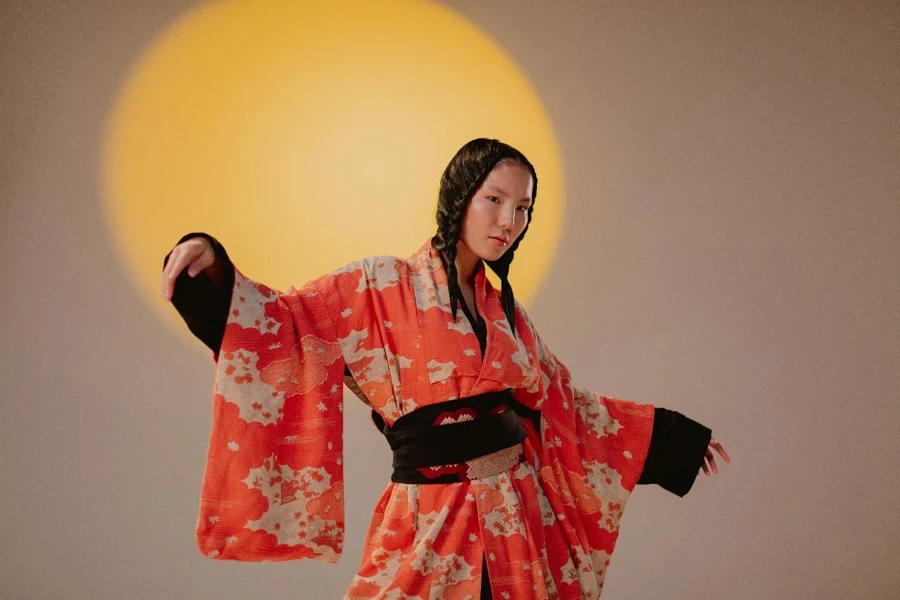
The Japanese beauty market is characterized by sophisticated consumers who prioritize efficacy and subtlety in their beauty routines. Japanese shoppers are known for their skepticism towards marketing claims and their preference for products that deliver visible results. The market continues to be dominated by skincare, with a particular emphasis on sun protection and anti-aging solutions.
Japanese beauty ideals center around a “quiet beauty” aesthetic, emphasizing a natural, well-put-together look rather than bold or dramatic styles. This translates to a preference for lightweight, barely-there makeup products that enhance rather than mask the skin’s natural appearance. Skincare routines are often elaborate, with multiple steps designed to achieve a flawless complexion.
Key categories in the Japanese beauty market include advanced UV protection, “sweat care” solutions, and products that address specific concerns such as pore care and skin brightening. There’s also a growing interest in men’s grooming products, particularly among office workers seeking to maintain a polished appearance.
Winning Japan’s market: subtlety, science, and savvy engagement

To succeed in the Japanese beauty market, online retailers should focus on offering products with proven efficacy. Japanese consumers value scientific evidence and are willing to invest in high-quality products that deliver results. Consider stocking your online store with brands that have a strong reputation for research and development.
Sun protection remains a top priority for Japanese consumers. Look for innovative suncare products that offer long-lasting protection, easy reapplication methods, or additional skincare benefits. Products that combine UV protection with anti-aging or brightening properties are likely to be particularly appealing.
The concept of “sweat care” is gaining traction in Japan, driven by concerns about rising temperatures and humidity. Stock products that address sweating beyond traditional deodorants, such as cooling gels for the neck or body powders that create a dry, comfortable feeling.
While the Japanese market has traditionally been dominated by domestic brands, there’s a growing openness to K-beauty products, particularly among younger consumers. Consider expanding your K-beauty offerings to cater to this trend, but be sure to highlight the efficacy and unique selling points of these products.
Personalization and customization are becoming increasingly important in Japan. Offer online tools that help customers identify their skin type and concerns, and provide tailored product recommendations. This approach aligns well with the Japanese preference for precise, targeted skincare solutions.
Lastly, don’t overlook the potential of the men’s grooming market in Japan. Stock a range of skincare and personal care products specifically designed for men, focusing on easy-to-use formulations that deliver visible results.
China’s beauty revolution: tech, wellness, and emotional connection

The Chinese beauty market is experiencing a significant shift in consumer priorities, moving away from chasing impossible beauty standards and towards products that bring joy and align with personal values. Chinese consumers are increasingly sophisticated, seeking out innovative formulations and niche brands that offer unique experiences.
The market is characterized by a strong interest in technology-driven beauty solutions, with consumers embracing AI-powered skincare devices and personalized formulations. There’s also a growing focus on holistic wellness, with beauty routines being seen as part of overall self-care and emotional well-being.
Key trends in the Chinese beauty market include precision skincare solutions, new cellular actives for anti-aging, and a renewed interest in body care. There’s also a shift towards “skinimalism,” with consumers favoring streamlined routines and products that enhance natural beauty.
The fragrance category is experiencing significant growth in China, with consumers using scents for emotional regulation and self-expression. Portable and compact scent formats are particularly popular, aligning with busy urban lifestyles.
Riding China’s wave: tactics for the discerning online retailer

To capture the attention of Chinese beauty consumers, online retailers should focus on offering innovative, science-backed products. Stock your online store with brands that combine cutting-edge technology with traditional Chinese medicine concepts, as this fusion appeals to many Chinese consumers.
Personalization is key in the Chinese market. Invest in AI-powered tools that can offer tailored skincare recommendations based on individual skin analysis. Consider partnering with brands that offer custom-blended products or allowing customers to create their own beauty formulations online.
Emotional resonance is becoming increasingly important in beauty marketing in China. Focus on storytelling and creating emotional connections with your products. This could involve collaborating with popular culture icons, incorporating elements of Chinese heritage, or aligning your brand with social causes that matter to Chinese consumers.
The rise of “C-beauty” (Chinese beauty) brands presents both a challenge and an opportunity for international retailers. Consider stocking a curated selection of emerging C-beauty brands alongside international offerings to cater to diverse consumer preferences.
Don’t overlook the potential of the male grooming market in China. Stock a range of skincare and personal care products specifically designed for men, focusing on efficacy and ease of use.
Lastly, tap into the growing interest in beauty as part of overall wellness. Offer products that promote a holistic approach to beauty, such as ingestible beauty supplements, aromatherapy products, or skincare items that incorporate traditional Chinese herbs known for their wellness benefits.
By adapting these strategies to your online retail approach, you’ll be better positioned to meet the evolving needs and preferences of East Asian beauty consumers in 2026 and beyond.
Conclusion
As we look towards 2026, the East Asian beauty market continues to evolve, presenting both challenges and opportunities for online retailers. South Korea, Japan, and China each offer unique landscapes shaped by cultural nuances, consumer preferences, and emerging trends. Despite their differences, several common threads weave through these markets, pointing the way forward for savvy retailers.
The concept of beauty is expanding, encompassing overall wellness and self-care. This holistic approach opens up new product categories and marketing opportunities, from ingestible beauty supplements to emotional well-being through fragrance. Retailers who can articulate how their products fit into this broader narrative of wellness will resonate with consumers across the region.
As online retailers navigate this complex and exciting landscape, adaptability and cultural sensitivity will be key. By staying attuned to the unique needs of each market while also recognizing overarching regional trends, businesses can craft strategies that resonate with East Asian beauty consumers. The future of beauty in this region is bright, diverse, and full of potential for those ready to embrace it.

